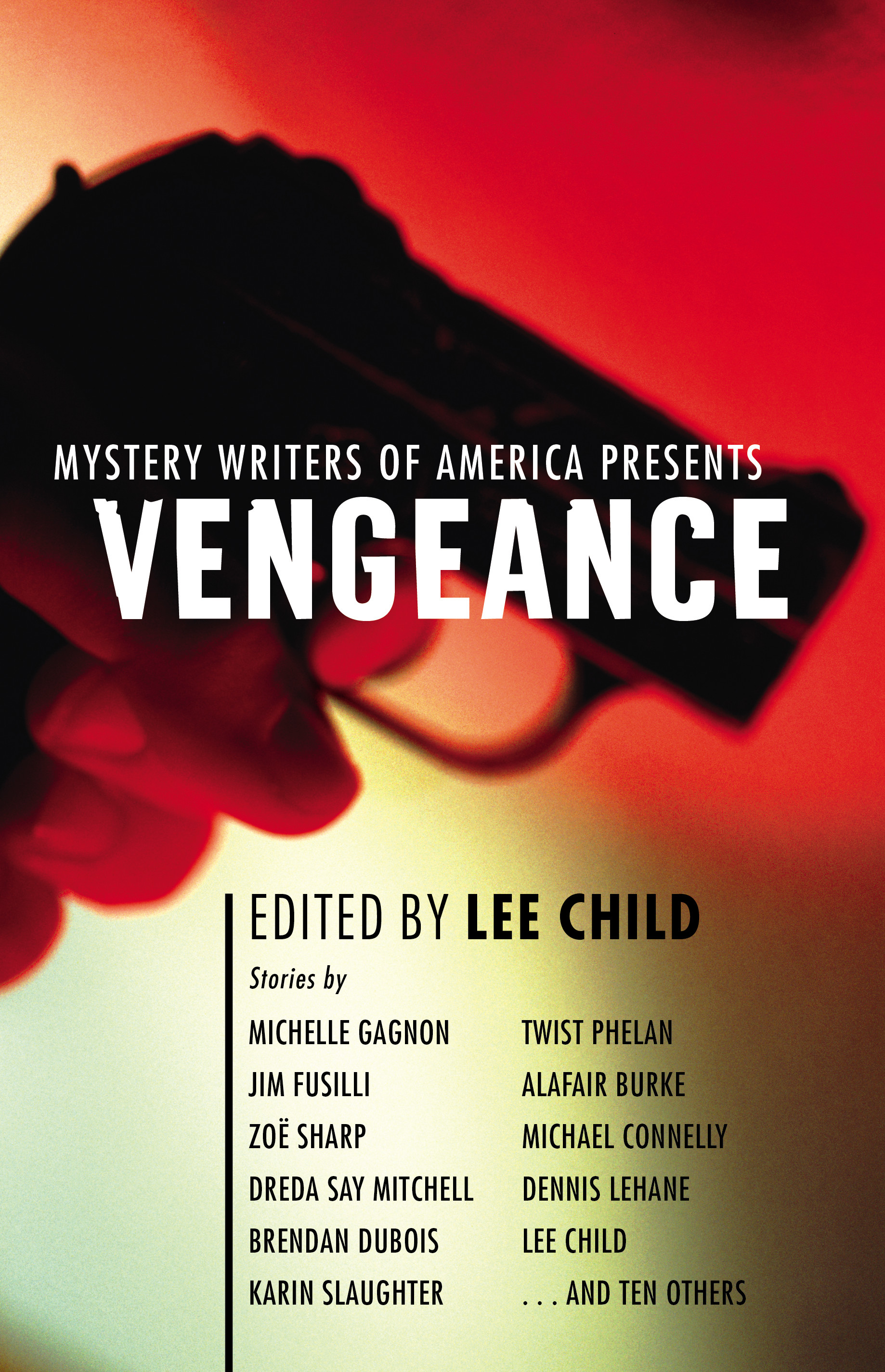There's a fellow member in our Denver MWA Chapter who keeps telling me that I write like Damon Runyon. In case you haven't heard of him, Runyon was a famous journalist from about the 1910s until the 1940s who also wrote short stories about New York characters who hung out on the streets around Broadway. If you are old enough, you have probably seen Marlon Brando in some version of Guys and Dolls based on a few of Runyon's story characters.
As for me, I didn't see the resemblance between my writing and Runyon's writing. If it was that some of the type of characters which I wrote about were similar to Runyon's, then fine. But the styles of writing were completely different in my mind, so I bought a couple of Runyon's collections of short stories to find out what Runyon and his street people were all about and how Runyon wrote, So now, let me introduce you to a few of Runyon's characters and his style of writing.
In More Than Somewhat the reader is introduced to people such as Judge Goldfobber, who is a lawyer, but not a real judge. It pleases him to be called judge and people like to please him because "He is a wonderful hand for keeping citizens from getting into the sneezer (jail), and better than Houdini when it comes to getting them out out of the sneezer after they are in." Furthermore,, "He is such a guy as loves to mingle with the public in these spots (night clubs and other deadfalls)), as he picks up much law business there and sometimes a nice doll."
The Unnamed Narrator of many of these stories "get(s) to thinking of Harry the Horse and Spanish John and Little Isadore, and the reason (he) figure(s) they must be suffering from the underemployment situation is because if nobody is working and making any money, there is nobody for them to rob, and if there is nobody for them to rob, Harry the Horse, Spanish John and Little Isadore are just naturally bound to be feeling the depression keenly." To remedy the Judge's most recent problem and the three criminals underemployment, the Unnamed Narrator reluctantly recommends the three criminals to the Judge for a job the Judge needs done.
On another front, we meet Dave the Dude. "Only a rank sucker will think of taking two peeks at Dave the Dude's doll, because while Dave may stand for the first peek, figuring it's a mistake, it is a sure thing he will get sored up at the second peek and Dave the Dude is certainly not a man to have sored up at you."
"But this Waldo Winchester is one hundred percent sucker, which is why he takes quite a number of peeks at Dave's doll. And what is more, she takes quite a number of peeks right back at him. And there you are. When a guy and a doll get to taking peeks back and forth at each other, why, there you are indeed." "Now this is bad news, because when Dave the Dude takes a guy out for an airing, this guy very often does not come back."
In Damon Runyon Favorites, along comes Big Butch the safe cracker. "It seems that there is a big coal company which has an office in an old building down in West Eleventh Street, and in that office is an old safe, and in that safe is the company payroll of twenty thousand-dollars cash money. Harry the Horse knows the money is there because a personal friend of his who is the paymaster of the company puts it there this very afternoon.
It seems that this paymaster enters into a dicker with Harry the Horse and Little Isadore and Spanish John for them to slug him while he is carrying the payroll from the bank to the office in the afternoon, but something happens that they miss connections on the exact spot so the paymaster has to carry the sugar to the office without being slugged, and there it is now in two fat bundles."
To remedy this situation, the three criminals are trying to enlist the talents of Big Butch, however Big Butch has some reluctance to open said safe due to having already been in Sing Sing on three prior occasions for opening safes and should he go for a fourth time, he will be required to stay for life, no argument. Furthermore, he has to mind the baby, little John Ignatius Junior, who is now asleep.
Harry the Horse convinces Butch that this is an old pete box which he can open with a toothpick. "Listen, Butch," Harry says in a whisper, "we can take the baby with us, and you can mind it and work, too." In final negotiations, the sleeping baby gets cut in for five percent of the take, which all concerned figure is only fair since the baby will be going along. As it is, the baby turns out to be more than worth his participation.
And in turn, both story collections were worth the price of admission to Runyon's world. I tried to mimic Runyon's story telling ability and some of his style when I wrote "Most Important Meal of the Day." It sold to Black Cat Mystery Magazine and will be published in a forthcoming edition. Buy that issue when it comes out, read the story and let me know how I did. Thanks.

























